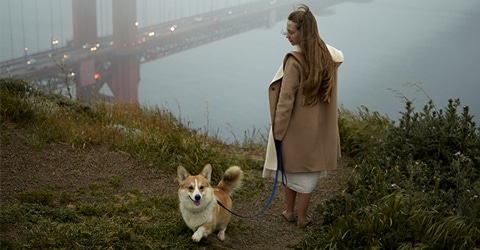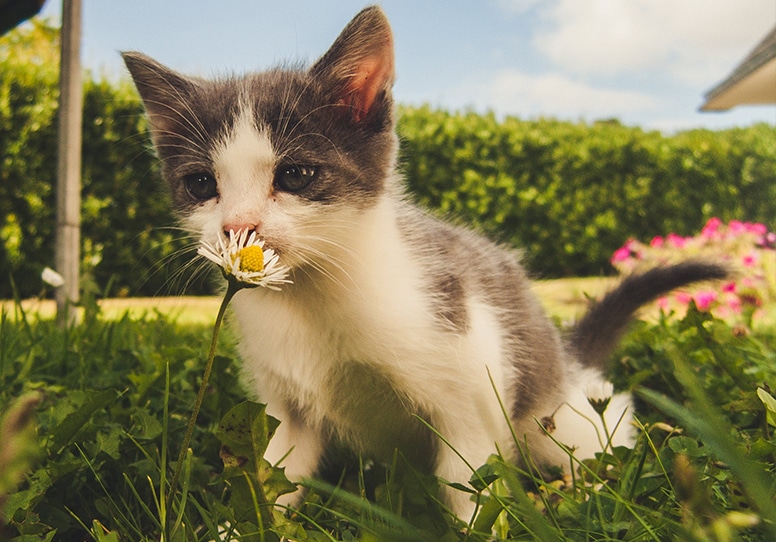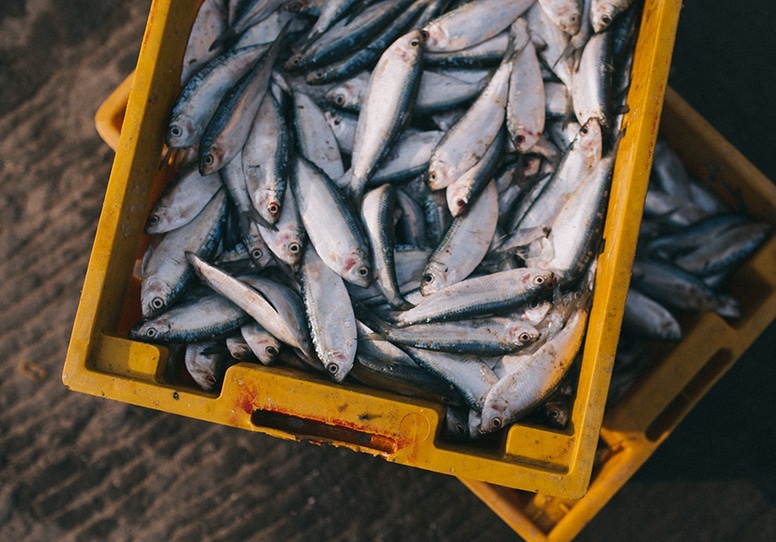

Studies suggest that we feed nearly 14% of all wild caught forage fish to our pets — primarily cats and dogs. This comes to a staggering 2.48 million metric tonnes per year for cats on their own. The average australian cat consumes roughly 30 pounds of fish each year while humans only consume 11 kilograms of seafood on average, making the oceanic environmental ‘paw print’ of cats larger than that of humans.[1]
Keep in mind these estimates do not include the added impacts of bykill (non targeted fish species unintentionally caught, killed, and then discarded), which oftentimes go underreported and are hard to measure accurately.[2] Furthermore, notice that this study focuses on forage fish. These smaller fish form the base of the food chain and are important links to predatory fish. Without these fish, aquatic food webs become unbalanced and stressed with higher risks of collapse.
When you buy food for your pet, consider the origins of the foods you buy and avoid animal food sources with potentially high levels of toxic chemicals due to bioaccumulation up the food chain. For pet dogs, consider the necessity of feeding animal products in the first place. Bramble, a fully plant-based border collie from the UK lived to the age of 25 and is recognized as one of the longest living dogs in the Guinness World Records.[3] Given the science on the powerful effects of a plant-based diet on reducing risks of inflammation and the accumulations of toxins in the body, it is not entirely surprising that plant-based dogs often lead long and healthy lives.

For cats, who are obligate carnivores, consider brands with explicit promises to sustainable practices verified by third-party organizations. Although many cats seemingly prefer seafood, cats would not naturally hunt or eat fish, and omitting fish from your cat’s meal plan will not lead to deprivation.
The wanton disregard for aquatic life is part of a larger problem of inefficiencies within our food supply and food systems more broadly. Rather than growing and utilizing food directly for human (or pet) consumption, much of our food is used as animal feed. Consider that over one-third of all fish taken from oceans is used for animal feed or that over 90% of all Brazillian soy production is used for animal feed, and the links between livestock production to overfishing and deforestation become more apparent.[4][5]

Copyright 2025 Center for Nutrition Studies. All rights reserved.